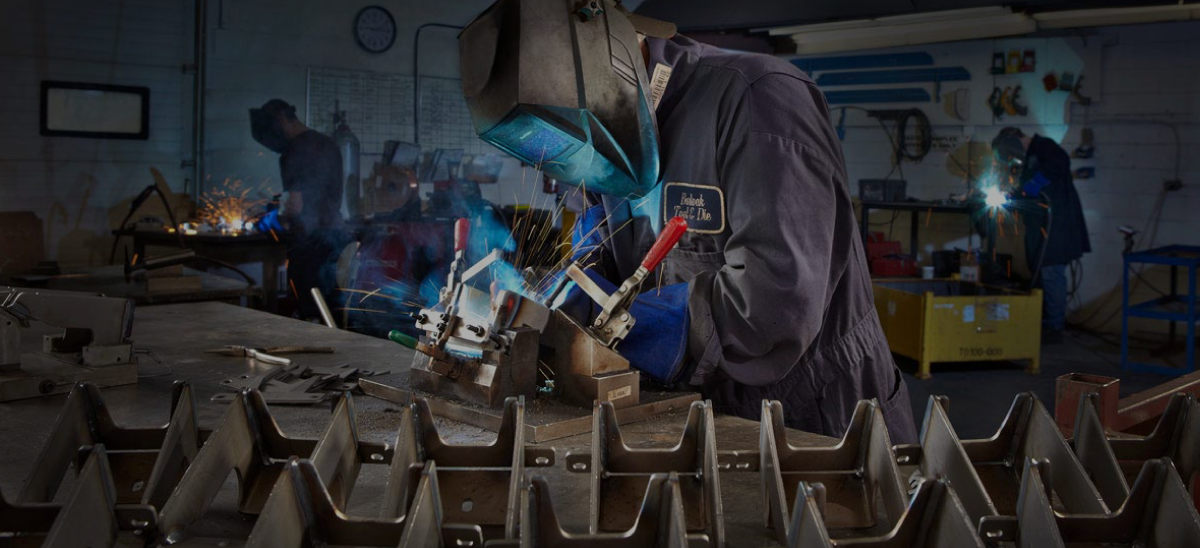
PUBLISHED
May 9, 2016
WRITTEN BY
Victoria Formosa
The Occupational Safety and Health Administration (OSHA) released its first report on workplace injuries on March 17, 2016, as part of a new reporting program implemented in 2015.
This report is one of a series OSHA will release every year based on data it is now receiving from employers. According to the report, most workplace accidents occurred in construction and manufacturing jobs, with 10,388 incidents involving severe work-related injuries, including 7,636 hospitalizations and 2,644 amputations.
New Reporting Requirements to Encourage Employers to Eliminate Potential Hazards
OSHA’s new reporting requirements, known as “Rapid Response Investigation (RRI),” took effect on January 1, 2015, and required employers to notify OSHA within a strict timeframe of any workplace fatality, in-patient hospitalization, amputation, or eye-loss. Previously, employers had to report fatalities and inpatient hospitalizations only when three or more employees were involved.
OSHA stated that it implemented the new reporting system to work with employers “toward the shared goal of fixing hazards and improving overall workplace safety.” OSHA also believed the new program would encourage employers to take action when an employee was injured, to help prevent future similar injuries.
In a typical scenario, the employer fills out and sends an OSHA report form detailing the incident, identifying the causes, and listing any proposed fixes and changes, which could include new processes, equipment, or employee training. OSHA set up the program this way to encourage employers to come up with their own solutions to safety hazards, and to help them collect more data on where and how most accidents are occurring.
OSHA notes in its new report that until last year, it “lacked timely information about where and how most of those injuries were occurring, limiting how effectively the agency could respond. Too often, we would investigate a fatal injury only to find a history of serious injuries at the same workplace. Each of those injuries was a wake-up call for safety that went unheeded.”
Now, with employers required to report more incidents under a tighter timeline, OSHA hopes to get more of them to identify and eliminate potential hazards—especially employers in high-risk industries—and to enable OSHA to better target compliance and enforcement efforts where workers are at greatest risk.
Most Work-Related Accidents Are Preventable
This first year of data revealed some interesting trends. 30 work-related severe injuries occur each day—a high number considering reports weren’t required in some states that run their own safety and health programs.
By far, the manufacturing industry created the most hazards, and reported 26 percent of hospitalizations and 57 percent of amputations. Construction was second, reporting 19 percent of hospitalizations and 10 percent of amputations. OHSA stated that most of the hazards that led to the injuries were “well-understood and easily prevented.” Employers could reduce these numbers by providing fall-protection equipment, installing guarding on dangerous machinery, and clearly marking pathways.
The new reporting program is having the effect OSHA hoped for so far, with many employers finding their own solutions to safety hazards as a result of the requirements.
“What we have seen over and over again,” the report states, “is that the prompt reporting of worker injuries has created opportunities for employers to work with OSHA specialists to keep similar incidents—or worse—from happening again.”
OSHA also asked for an increase in its 2016 budget to handle the increase in reports, which are estimated to be 50,000 to 67,700 a year.
Original article found on:
http://westvirginia.legalexaminer.com/workplace-injuries/manufacturing-has-highest-incidence-of-workplace-injuries-osha-report/
Effortless Compliance
Management
Protect your workers and your business
by maintaining industry standards.
Learn how Lisbon Valley Transformed Their Health and Safety Program.
READ CASE STUDY →